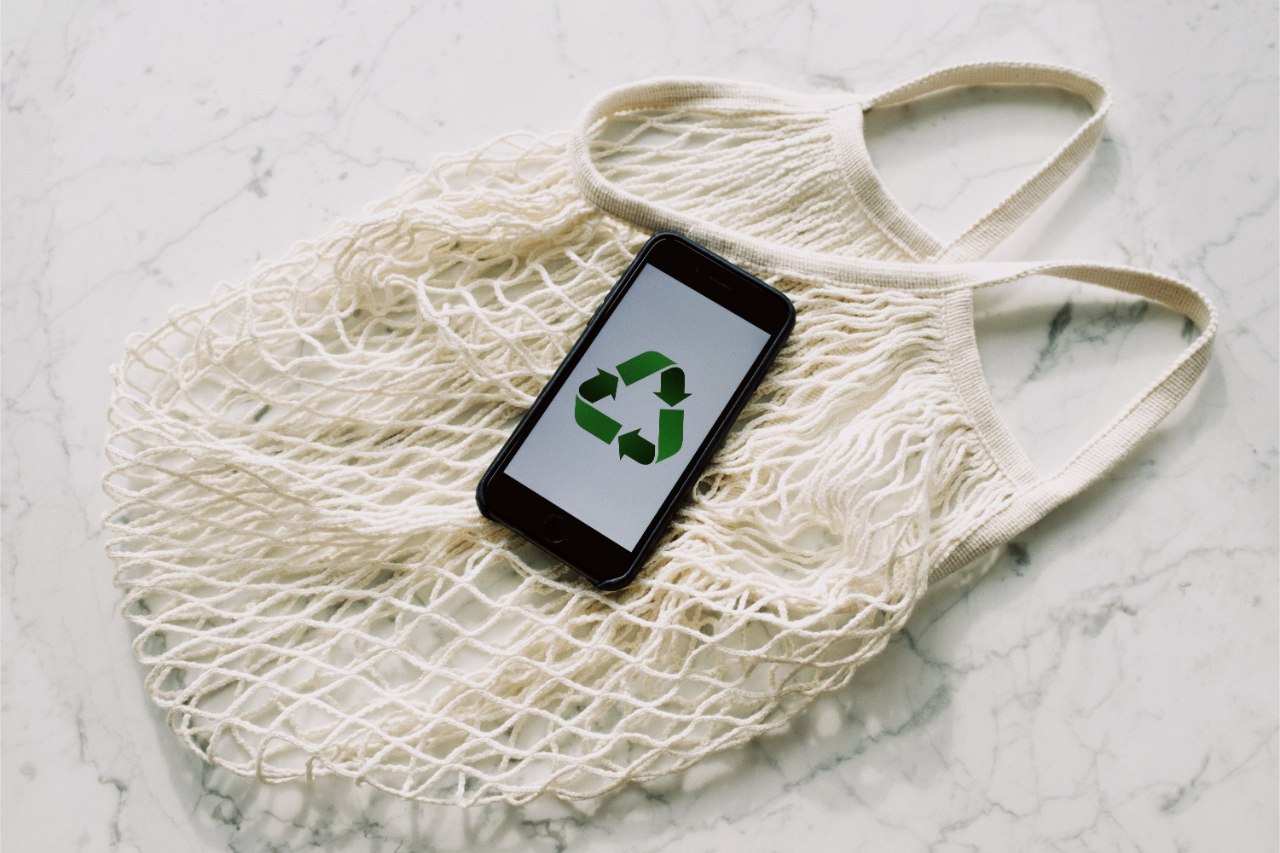As the push for sustainability grows stronger — with businesses, consumers, and even countries pledging to go green through efforts like zero-waste initiatives and the phasing out of single-use plastics — it's crucial that we are able to recognize and avoid the deceptive practices of greenwashing.
What Is Greenwashing?
Greenwashing is the act of making false or misleading claims about the environmental benefits of a product, service, or company in order to appeal to consumers who are concerned about sustainability. These claims may be exaggerated, ambiguous, or simply untrue, and are often used to distract from the negative environmental impacts of the product or company.
Brief History Of Greenwashing
The concept of greenwashing dates back to at least the 1980s, when environmental activist Jay Westerveld coined the term in a 1986 essay to describe the practice of using environmental buzzwords and imagery to distract from a company's actual environmental record. In the decades since, greenwashing has become increasingly prevalent as companies have sought to appeal to consumers who are concerned about sustainability.
One of the earliest examples of greenwashing occurred in the 1970s when a group of major U.S. airlines launched a campaign to promote their environmental responsibility by planting trees in the Amazon rainforest.
The campaign was criticized for being superficial and ineffective in addressing the environmental impact of air travel. Planting trees in the Amazon rainforest was seen as a superficial solution that did not address the significant emissions and pollution caused by the airline industry.
Additionally, the campaign was seen as an attempt to distract from the industry's negative impact on the environment and to mislead consumers into thinking that the airlines were taking meaningful action to address the issue.
Since then, greenwashing has continued to evolve as companies have sought to capitalize on consumer interest in sustainability.

Green Marketing vs Greenwashing
The key difference between green marketing and greenwashing is honesty and transparency. Green marketing involves promoting the genuine environmental benefits of a product or service while greenwashing involves making false or misleading claims about a product or company's environmental impact.
How Does Greenwashing Work?
Greenwashing can take many forms and can occur through various channels, such as advertising, packaging, and corporate social responsibility (CSR) initiatives. Some common tactics used in greenwashing include:
-
Using vague or misleading language to make it seem like a product is more environmentally friendly than it actually is. For example, a company might claim that a product is "all-natural" or "organic" without providing any evidence or certification to back up these claims.
-
Focusing on a small, insignificant aspect of a product or company's environmental impact while ignoring the larger, more significant impacts. For example, a company might highlight the fact that its packaging is made from recycled materials while ignoring the fact that the product itself is not eco-friendly.
- Using logos or symbols that suggest environmental responsibility without any actual commitment to sustainability. For example, a company might use the image of a leaf or the word "green" in its marketing materials without actually taking any meaningful steps to reduce its environmental impact.
Take canvas bags as another example. While it is true that canvas bags can help reduce the use of single-use packaging, they are not a completely sustainable solution. While they are generally more durable and have a longer lifespan than disposable bags, they still have a carbon footprint and contribute to resource consumption.
It is not hard to see why advertisers are so fond of the concept of greenwashing now. 64% of Generation X customers and 75% of millennials, according to GreenPrint's 2021 Business of Sustainability Index, are willing to pay extra for a product from a sustainable business. But evidently, greenwashing isn't the way to go about marketing such products.
The Harmful Effects Of Greenwashing
Misleading Consumers
Greenwashing can mislead consumers into believing that a product or company is more environmentally friendly than it actually is, leading them to make purchasing decisions based on false or incomplete information. This can undermine the credibility of genuine efforts to be more sustainable and erode trust in companies that make false claims.
Diverting Attention From Real Issues
Greenwashing can distract people from the real environmental impacts of a product or company by focusing on superficial or insignificant aspects of sustainability. This can divert attention and resources away from more meaningful efforts to address environmental issues.
Undermining Genuine Efforts
Greenwashing can undermine the credibility of genuine efforts to be more sustainable by making it difficult for consumers to distinguish between genuine and superficial efforts. This can make it harder for companies that are genuinely committed to sustainability to differentiate themselves and can discourage companies from making real efforts to reduce their environmental impact.
Wasting Resources
Greenwashing can be costly for companies, as they may invest significant resources in marketing and branding efforts that are designed to make their products appear more environmentally friendly than they actually are. These resources could be better used to implement genuine sustainability initiatives.
Reducing Public Trust
When consumers realize that they have been misled by greenwashing, it can reduce their trust in companies and the overall sustainability movement. This can discourage consumers from engaging with sustainability efforts and make it more difficult for companies to build support for genuine sustainability initiatives.
While greenwashing is often criticized, it is also important to recognize that many companies have made genuine efforts to become more sustainable and have achieved significant progress in reducing their environmental impacts.
However, it is still important for consumers to be aware of greenwashing and to do their own research to ensure that they are making informed purchasing decisions.
How Do You Avoid Greenwashing As A Consumer?
If you're a consumer starting out in your sustainability or eco-friendly journey and worried about being greenwashed, here are some tips to help you spot and avoid it.
Don't Just Rely On Marketing Materials
Marketing materials can be biased and are not always accurate. Look for independent reviews, research, and information from reputable sources to get a more complete picture.
Consider The Entire Lifecycle Of A Product
Don't just focus on one aspect of a product's environmental impact. Look at the entire lifecycle, from the sourcing of raw materials to disposal or recycling.
Polymailers are another great example of this. Poly mailers are often marketed as being 100% recyclable, leading some people to believe that they are automatically and completely eco-friendly. However, it is important to understand that the recyclability of poly mailers is only part of the equation. While poly mailers CAN be recycled, they are not always disposed of in a way that allows for recycling to take place.
Poly mailers are essentially plastic bags. They are not typically accepted in curbside recycling programs, so they must be taken to a recycling depot in order to be recycled. If they get discarded as regular trash or curbside, they will end up in landfills or worse, in nature. In both scenarios, they can last for hundreds of years without breaking down, causing damage to wildlife and the environment.
Ask Questions
Don't be afraid to ask companies about their environmental practices and policies. If they are unwilling or unable to provide information, it may be a red flag.
Support Companies That Are Transparent And Genuine
Look for companies that are open and transparent about their environmental practices and that have a track record of genuine sustainability efforts.

How Do You Avoid Greenwashing As A Business?
Now, if you're a business owner or thinking of putting up a sustainable brand, it's important to do your part as well. Here are some good tips to get by to avoid greenwashing.
Be Transparent
Be open and transparent about your environmental practices and policies, and provide evidence to support your claims. For instance, if you're a clothing business that wants to practice sustainability, specify the materials used (e.g., "80% organic linen" rather than just saying "made with linen").
Evaluate Your Supply Chain
Look at the environmental impact of your entire supply chain, from the sourcing of raw materials to disposal or recycling, and work to reduce your environmental footprint throughout the lifecycle of your products or services.
Communicate Clearly And Carefully
Use clear, accurate language to describe the environmental benefits of your products or services, and avoid vague or misleading terms. For example, people tend to use terms like "green," "eco-friendly," and "sustainable" interchangeably. But their meanings are radically different from one another. Only use accurate wording for your products.
Be Consistent
Don't make environmental claims about your products or services unless you can back them up with consistent, evidence-based practices.
By following these tips, you can help prevent greenwashing and build trust with your customers by demonstrating a genuine commitment to sustainability.
Wrapping Up On Greenwashing
If you’re really trying to make the shift into green purchases or business processes, make sure that you’re aware of greenwashing. If you’re a consumer, do your research. Educate yourself on the different terms and make informed purchases. On the other hand, if you are a business owner, honesty is key. Be transparent about your processes and your products.
Straightforward, Eco-Friendly Packaging With Impack
We’re all about transparency here at Impack — no fuss, straightforward packaging.
If you're really looking for eco-friendly mailer bags (from end to end), try out our biodegradable mailer bags. If they do happen to escape collection and end up as litter, they won't sit around for centuries – they'll start breaking down into carbon dioxide, water, and biomass, leaving no toxic residues or microplastics behind.
The other alternative are our paper-based packaging collections, ranging from ABC boxes for sending small & flat items to paper mailers.
Check out more of these from Impack!







